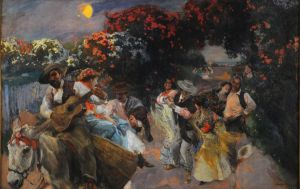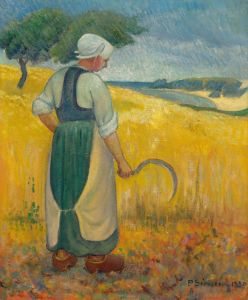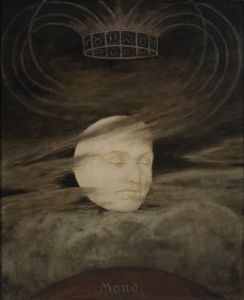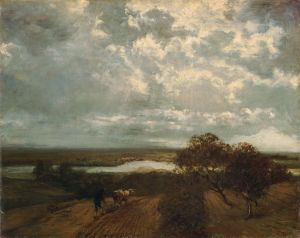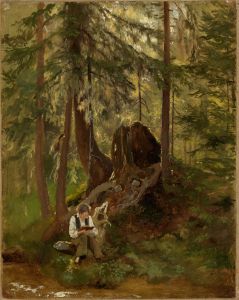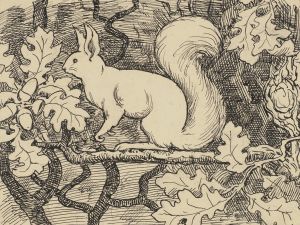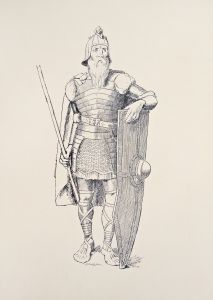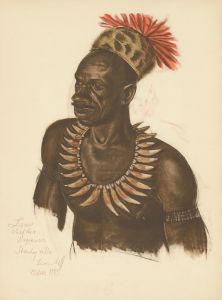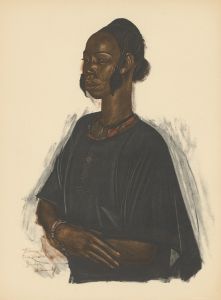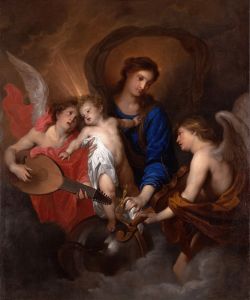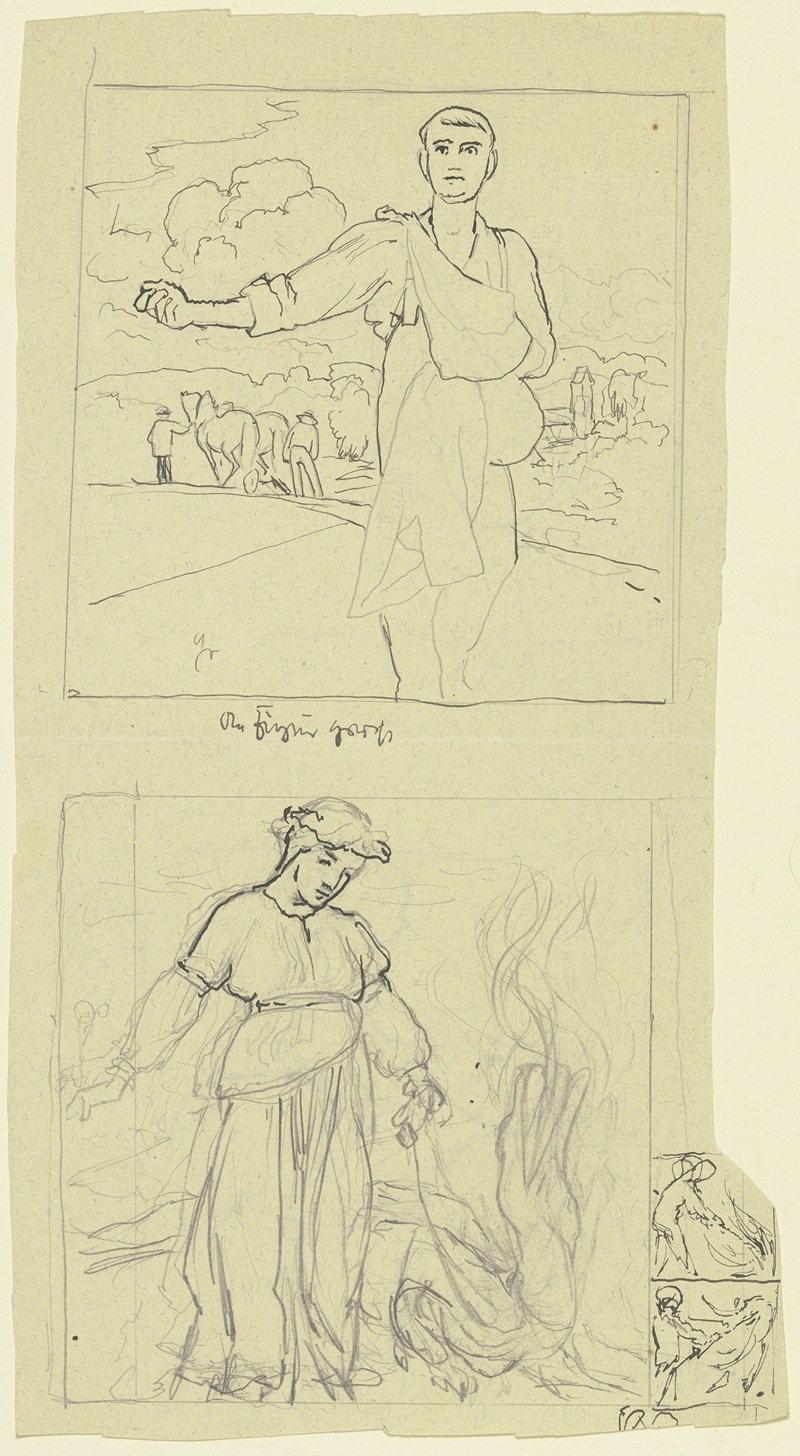
Sämann, Heilige Margarethe
A hand-painted replica of Hans Thoma’s masterpiece Sämann, Heilige Margarethe, meticulously crafted by professional artists to capture the true essence of the original. Each piece is created with museum-quality canvas and rare mineral pigments, carefully painted by experienced artists with delicate brushstrokes and rich, layered colors to perfectly recreate the texture of the original artwork. Unlike machine-printed reproductions, this hand-painted version brings the painting to life, infused with the artist’s emotions and skill in every stroke. Whether for personal collection or home decoration, it instantly elevates the artistic atmosphere of any space.
Hans Thoma was a German painter born on October 2, 1839, in Bernau, in the Black Forest region. He is known for his landscapes, portraits, and genre paintings, often reflecting the natural beauty and rural life of his homeland. Thoma's work is characterized by a blend of realism and romanticism, and he is considered an important figure in the German art scene of the late 19th and early 20th centuries.
One of Thoma's notable works is "Sämann, Heilige Margarethe" (The Sower, Saint Margaret). This painting is a fine example of Thoma's ability to merge religious themes with everyday rural life, a common motif in his oeuvre. The painting depicts Saint Margaret, a Christian saint, in a pastoral setting, which is typical of Thoma's style that often integrates figures from mythology or religion into natural landscapes.
Saint Margaret of Antioch is a popular figure in Christian hagiography, known for her faith and martyrdom. She is often depicted in art as a symbol of purity and steadfastness in the face of adversity. In Thoma's painting, she is portrayed in a serene rural environment, which may symbolize the harmony between the divine and the natural world. The inclusion of a sower in the painting could be interpreted as a metaphor for spreading faith or virtues, aligning with the Christian symbolism of sowing seeds as spreading the word of God.
Thoma's use of color and light in "Sämann, Heilige Margarethe" reflects his admiration for the natural world and his skill in capturing its essence on canvas. The painting likely features a palette that emphasizes the lushness of the landscape, with careful attention to detail that brings the scene to life. Thoma's technique often involved a meticulous approach to composition, ensuring that each element of the painting contributed to the overall narrative and aesthetic.
Throughout his career, Hans Thoma was influenced by various art movements, including Romanticism and Symbolism, and he was associated with the Munich Secession, a group of artists who sought to break away from traditional academic art. His work often reflects a deep connection to his German heritage and the landscapes of his youth, which he frequently depicted with a sense of nostalgia and reverence.
"Sämann, Heilige Margarethe" is a testament to Thoma's ability to blend religious iconography with the beauty of the natural world, creating a work that is both spiritually and visually engaging. The painting is representative of Thoma's broader artistic vision, which sought to find the divine in the everyday and to celebrate the interconnectedness of all creation.
Hans Thoma's legacy as an artist is marked by his unique ability to convey complex themes through simple, yet profound imagery. His paintings continue to be appreciated for their technical skill, emotional depth, and the way they capture the spirit of the German landscape and culture. "Sämann, Heilige Margarethe" remains an important part of his body of work, illustrating his mastery of both religious and natural subjects.





